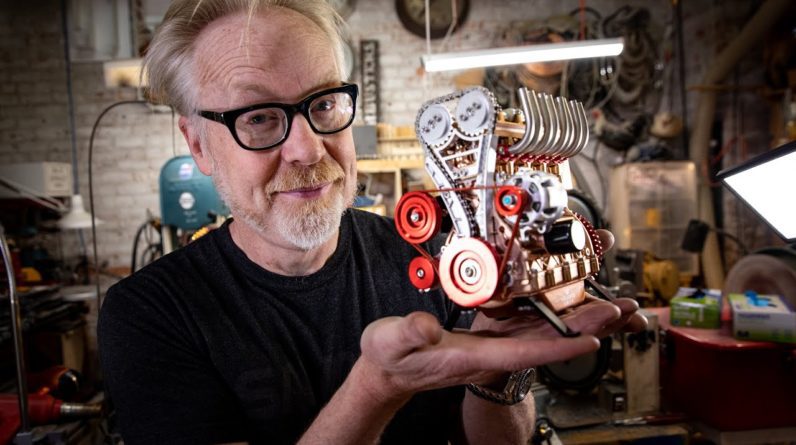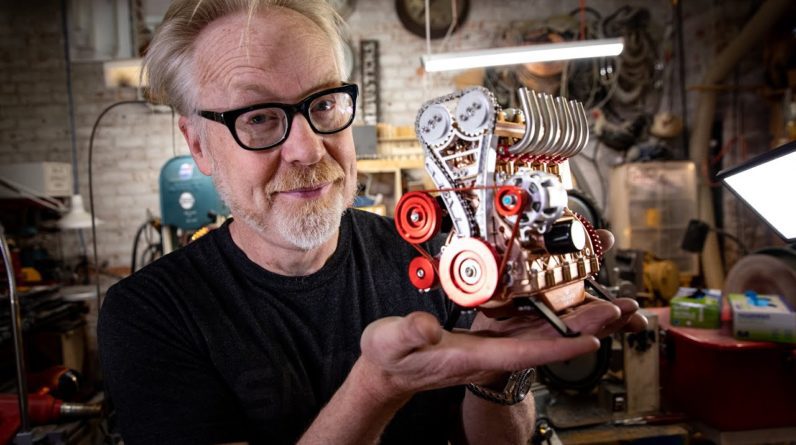How to prepare paint for spraying large areas and the basics of airbrush painting. I mainly use tamiya acrylic paints. I used olive for the example. If you think of diluting the water, forget about it quickly. You will never achieve quality results. I use the original tamiya x-20a thinner, but you can easily use ordinary alcohol. I dilute from the eye. There is no point in solving the proportions, because individual shades of color require different amounts of thinner. It also depends on the size of the airbrush nozzle. Now I'm going to add the magic ingredient and that's a drying retarder. Just a few drops are enough. This will improve the properties of the paint. I use tamiya retarder to extend the drying time. The color then does not dust as much. And now working with the airbrush. The gun is double-acting and by moving your finger towards you, you regulate the amount of paint and thus the diameter of the spray circle.
By moving your finger downward, you regulate the pressure. Everything must be combined correctly. Before each spray, it is a good idea to test the dilution on a piece of plate. And now the basic mistakes Finger completely together, maximum color in the nozzle here and low pressure.
Result: The paint will splatter. another mistake. The amount of paint is fine, but I have a lot of pressure that blows the paint.
Result – The paint immediately spills over the surface, although we already have the correct pressure and amount of paint in the nozzle, the paint is very diluted. We try to make a continuous layer right away.
The result – the paint will spill over the surface and form ripples. Now the opposite. The paint is poured directly from the bottle without dilution.
result – the paint will cover immediately, but will form a discontinuous gritty layer. This is how it looks in detail. Ok, so now I've shown the basic mistakes, but how to do it right?
Do not attempt to paint the aircraft in one coat.

I usually apply 3 or more coats that are very thin. The first layer must be just a fine dust and very transparent. This creates a coating on which the next layer will hold better and will not spread. The second layer will partially cover the plastic. and the third can already be final, it already looks like final, but it is not yet fully covering. Only the fourth layer covers everything properly. The color dries in 10 minutes, but if you use a hair dryer, you can apply a fake layer in just a few seconds. The resulting paint application is beautifully smooth, continuous without grit. It's just sometimes necessary to use that drying retarder. Some paints dry very quickly and the paint droplets are dry before they hit the surface of the model. This creates a nasty gristle. You do not have to throw away the plastic plate after coloring. Just use technical alcohol and you can easily wash off the paint with a cloth. I do one more optical test to dilute the paint. I spread a drop of paint on the plate and if it is transparent and looks like water color, then it is ok.
Otherwise, it will immediately cover the white plastic and splatter in the aibrush. That's all for today. I hope this tutorial was of some help to you. Thanks for watching and good luck with your coloring..






